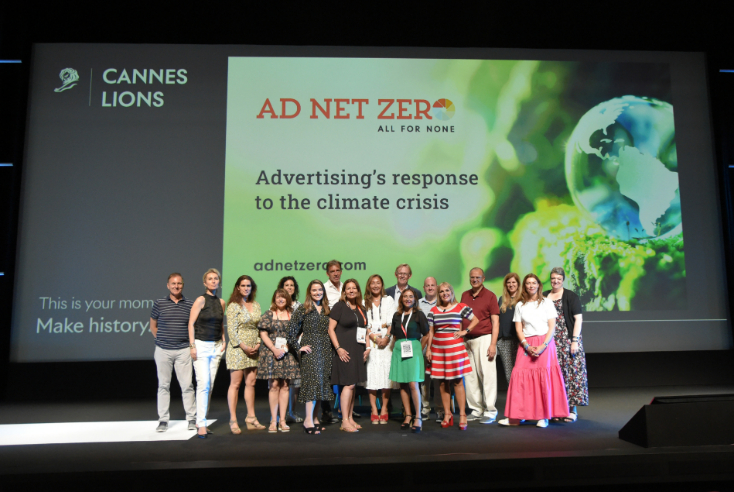After GARM, it’s on us to rebuild new ways toward media sustainability

Opinion
Could GARM’s demise be a shot in the arm for media sustainability or should we worry, asks the head of marketing agency Kepler’s Climate Action Team.
Could the demise of the Global Alliance for Responsible Media be a much-needed jolt for advertising leaders who care about making our industry more sustainable?
This seems counter intuitive, given GARM’s role in steering the industry’s mission towards lower energy consumption and carbon emissions.
I ask the question as one of those individuals in a loose but large collective of people across agencies, tech and advertisers, that are actively driving the agenda. And what I’ve noticed since GARM’s announcement to disband is a serious uptick in discussion as to what needs to happen next.
And there’s a real, shared determination to get there.
GARM hit a major milestone
This interpersonal feedback is important, but more so is corporate heft behind the sustainability mission and a clear pathway towards tangible progress.
While there would never be ‘good’ timing for its closure, at least it came after the collaborative launch of the GARM Sustainability: Action Guide to Reduce Media Greenhouse Gas Emissions with industry body Ad Net Zero in June. That was a major milestone as it provides a series of voluntary industry standards designed to move the industry toward more comparable measurement of GHG emissions from media channels, starting with digital, television, and OOH and to follow with print, audio, and cinema channels.
The standards are tailored across a range of activities from media investment to creative production, and provides tools to assist with supplier selection and operational practices with the aim of reducing carbon emissions.
It is more or less a draft of a firmer set of guidance that should emerge over the coming months and the emphasis is firmly on freedom to choose the best solution for each organisation.
So, what should happen next?
Ad Net Zero is taking sole responsibility for driving forward the sustainability agenda.
The Advertising Association-led initiative is developing the Action Guide and has the backing of many of the major tech platforms, agency groups and major media owners, as well as industry bodies such as IAB Europe.
It appears that this coalition of the willing are already discussing how to carry the agenda forward. But they face some difficult questions, not least of which is how to project the programme beyond settling the question “how do we measure emissions?” to promoting direct action to drive media-related emissions down.
The idea behind GARM’s approach was to establish a common language and guide to measurement, but not to dictate how companies actually choose to reduce emissions within that framework. It seems likely that to produce tangible results, the sustainability agenda will need to progress to at least advising advertisers how they can best reduce emissions.
The sensitive issue about whether and how investment in impressions should be reduced is the elephant in the room. But just as platforms such as Scope 3 are helping measure emissions, new technologies enabling smart reduction through programmatic investment optimisation are arriving such as Green Bids.
Assessment of the performance of climate-friendly media tech must surely be subject to collaboration.
We must rebuild communication channels
Another issue is communication with brands.
Given GARM was created by The World Federation of Advertisers, it was to a degree orientated to the advertiser side of the industry and was a critical focal point for sustainability leaders within brands.
The reality is that this group of people do not always sit within marketing teams which makes channelling their input harder. We’ve lost a conduit for communication. Rebuilding that will be important because continual group communication about what works or doesn’t within GARM’s Action Guide is vital if it is to become standard practice.
Although GARM’s demise poses challenges, the organisation was never indispensable given the level of collaboration that has been established. The media sustainability movement is almost certainly on the right side of history and of regulation too. Media has yet to be targeted by national and international governmental organisations in the same way as say the automotive industry has, but that may yet happen.
X’s destructive decision
The fact that GARM’s closure came as a direct result of X’s threat of legal action, which many in the industry feel was reckless, self-serving and pointless, has energised the community of media people who wish to carry forward GARM’s legacy, which after all was only ever intended to do good.
One can only wonder what the consequences of X’s destructive decision will be for that platform in terms of advertising investment over the coming years.
However, it is incumbent on every organisation in the industry to translate the GARM’s sustainability plan from theory into measurable practice as rapidly as possible for their own benefit.
And, crucially, for the good of the wider world.
Marshall Fleming is client partner and head of Kepler’s Climate Action Team




